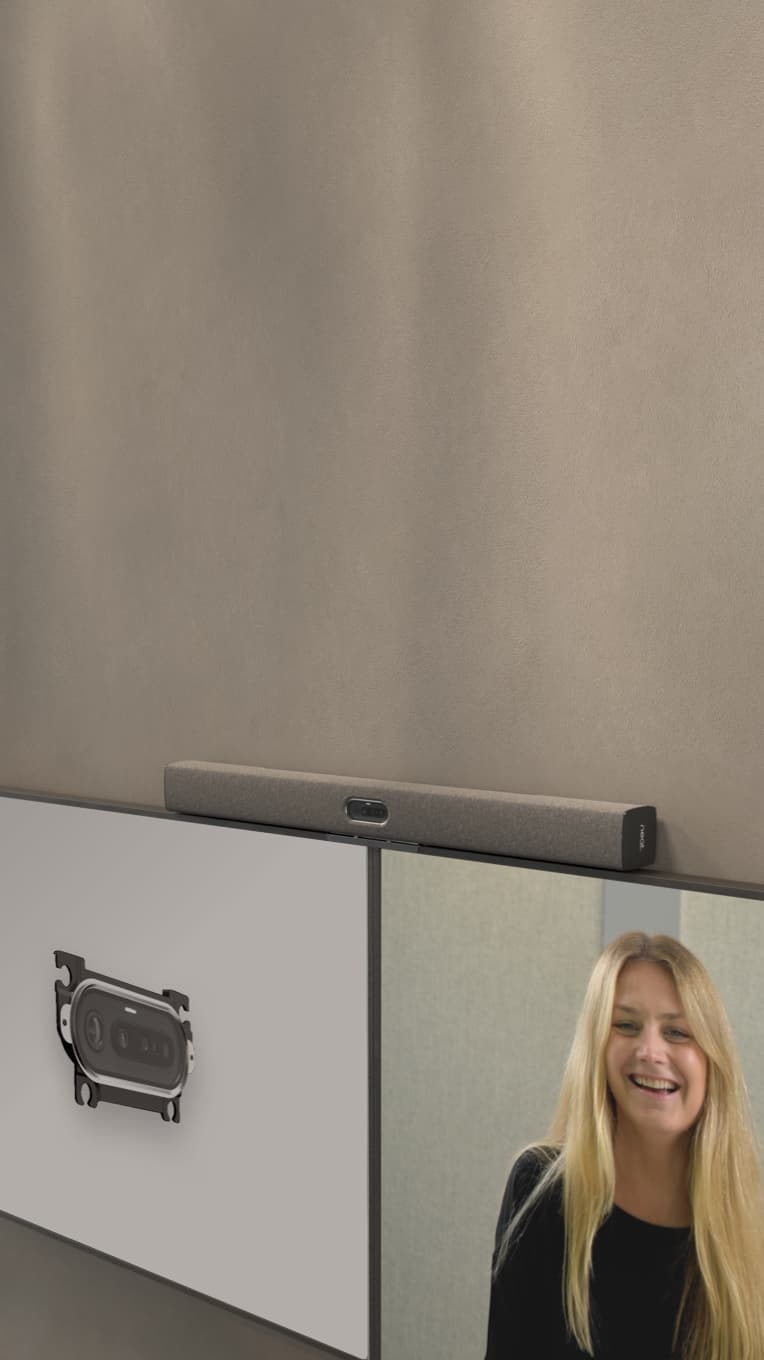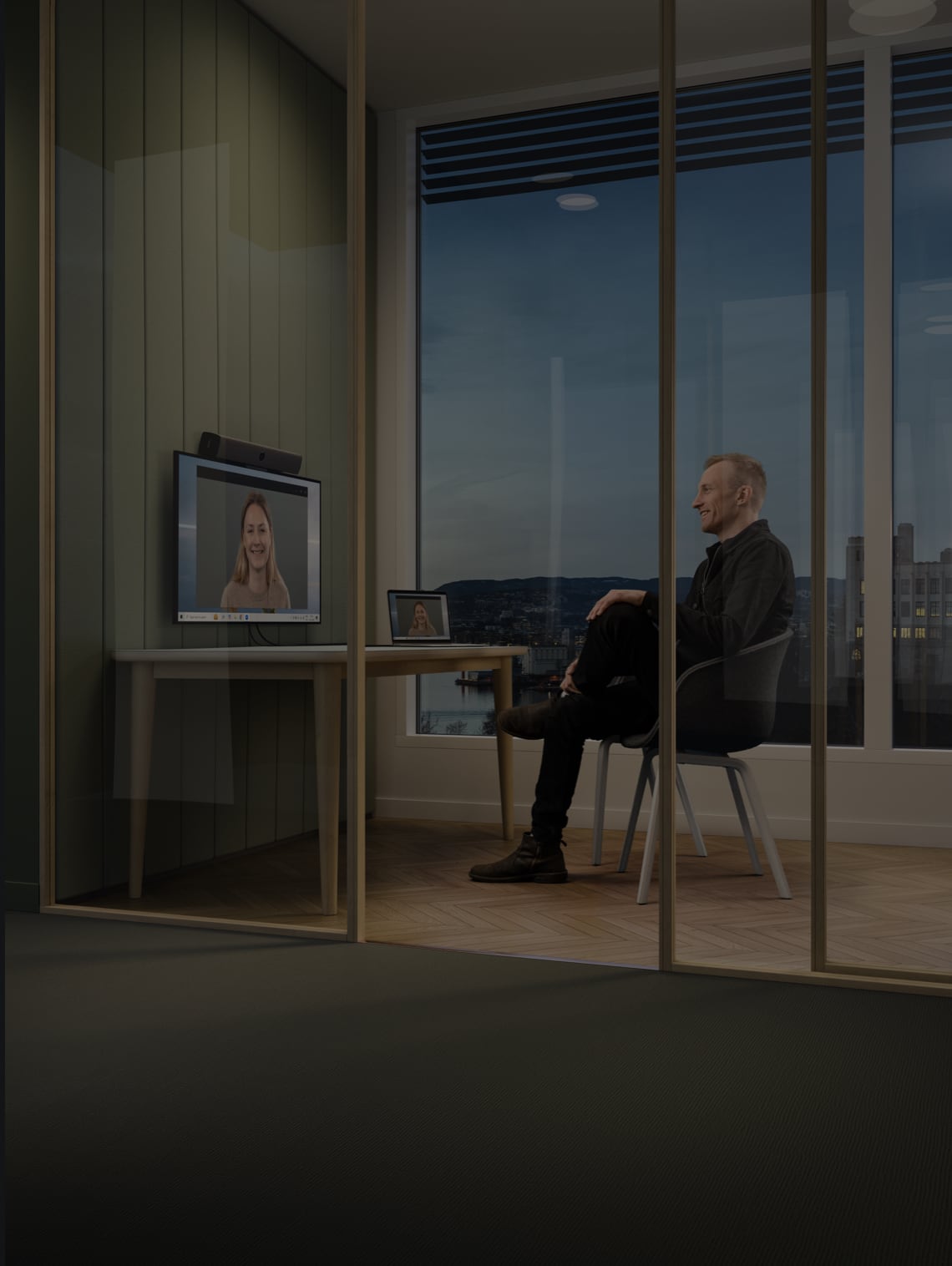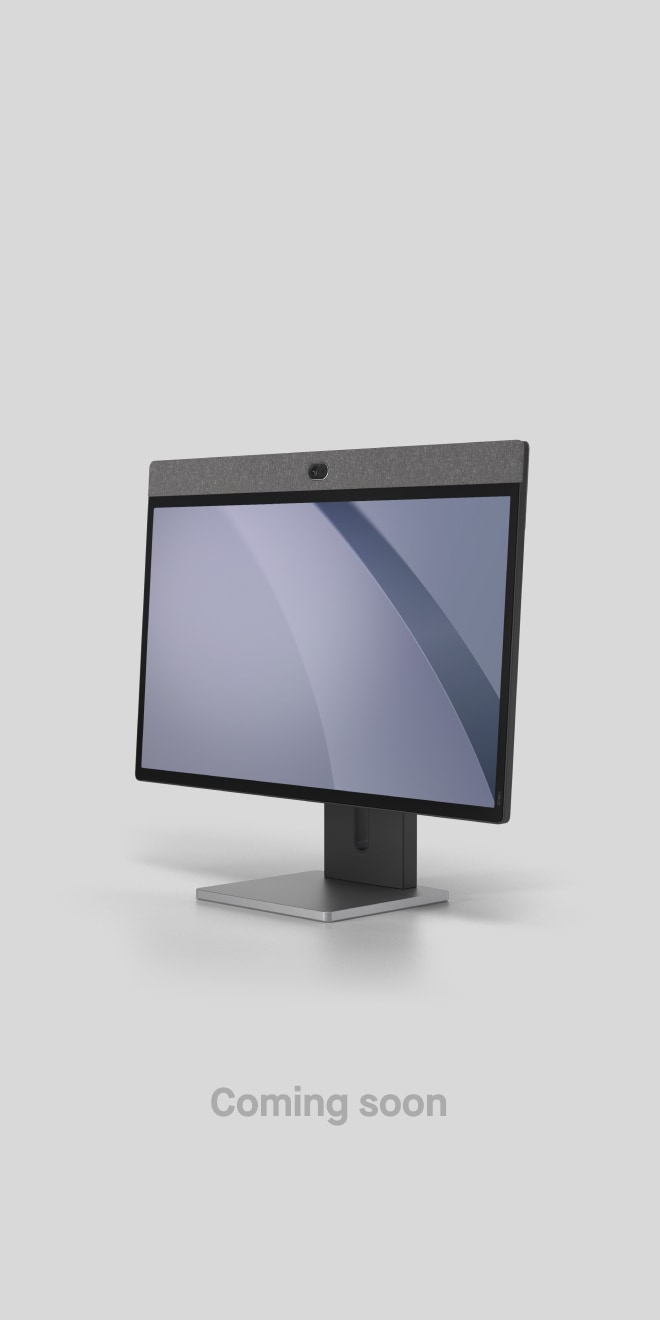13 Design Ideas for Small Conference Rooms & Meeting Spaces
Neat, Jun 26, 2023
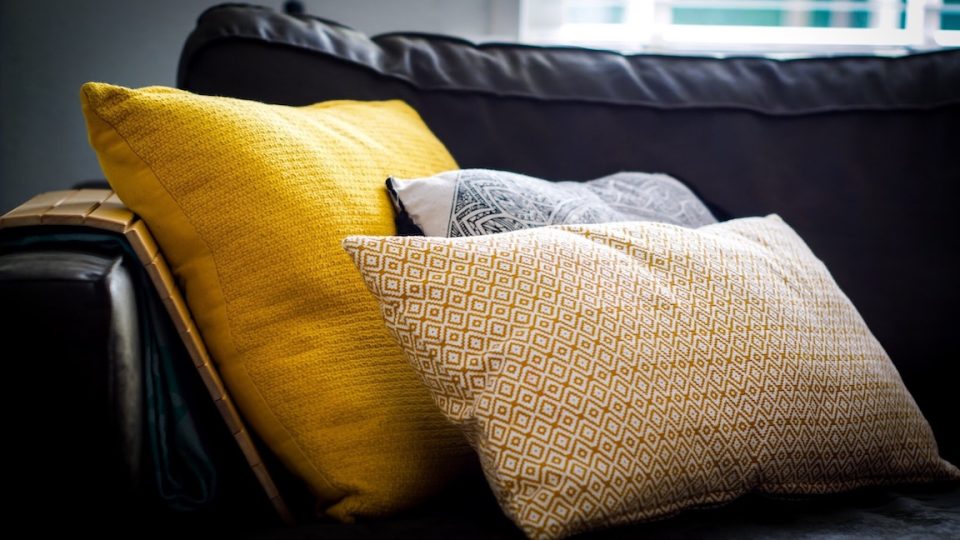
When planning your small conference room, every detail matters. From the layout to the lighting, let’s explore the key elements of designing a small conference space to ensure functionality and efficiency.
Key Takeaways:
- Use modular furniture and creative arrangements to take advantage of square footage in a small conference room.
- Choose wireless A/V equipment that’s easy to conceal to keep a neat appearance.
- Leverage color and lighting to create depth.
- Less is more when it comes to decor and accessories.
Layout and Furniture for a Small Conference Room
Furniture and seating arrangements set the tone for how a space will be used. Here are some considerations to ensure functionality within a small conference room.
Optimize your table and chair arrangements for small conference rooms
The traditional conference room setup with a central table and chairs can work for a small conference room. Ideally, you’ll want to leave about 3.5 feet of clearance around the conference table. Measuring from the walls inward will give you an idea of the size of the conference table your room can accommodate.
You can also use non-traditional layouts. For example, a huddle room might only have a couple of chairs, a small table and a wall-mounted monitor for video conferencing. Or, you might choose modular furniture or couches that face a video conferencing system. Lounge seating helps create a relaxed atmosphere and makes a small space feel less cramped.
Incorporate space-saving solutions
Multipurpose furniture maximizes the use of square footage, plus it can add personality and style to the room. For example, wall-mounted tables can be used as standing desks or video conferencing kiosks. They also don’t take up floor space, which provides a cleaner appearance. Users can pull out folding chairs when needed and store them when they’re done. Modular furniture can be configured to suit team preferences, whether they’re holding a group meeting or doing focused work in the same room.
Technology and Audio-Visual Equipment
The right technology and equipment allow you to expand your meeting space use cases, whether your team is working on-site or remotely. Keep in mind your off-site attendees will see the inside of your small conference room, so consider the following to create a good impression for all participants.
Use wireless audio systems to reduce cable clutter
Wireless A/V equipment is convenient and eliminates unsightly cables. The result looks cleaner, plus you won’t have to deal with tangled wires or plug-in incompatibility. You can connect to just about any device or platform via Bluetooth or Wi-Fi, which takes just seconds to set up.
Include interactive whiteboards for efficient collaboration
Interactive whiteboards allow participants to write or draw their ideas and share them with the team. Everyone is on the same page during brainstorming sessions and no idea goes unnoticed. Users can also save their work and revisit it later.
Neat Board is a great option for small conference rooms. It’s a complete meeting room package in a single device that can be permanently mounted or moved from space to space.
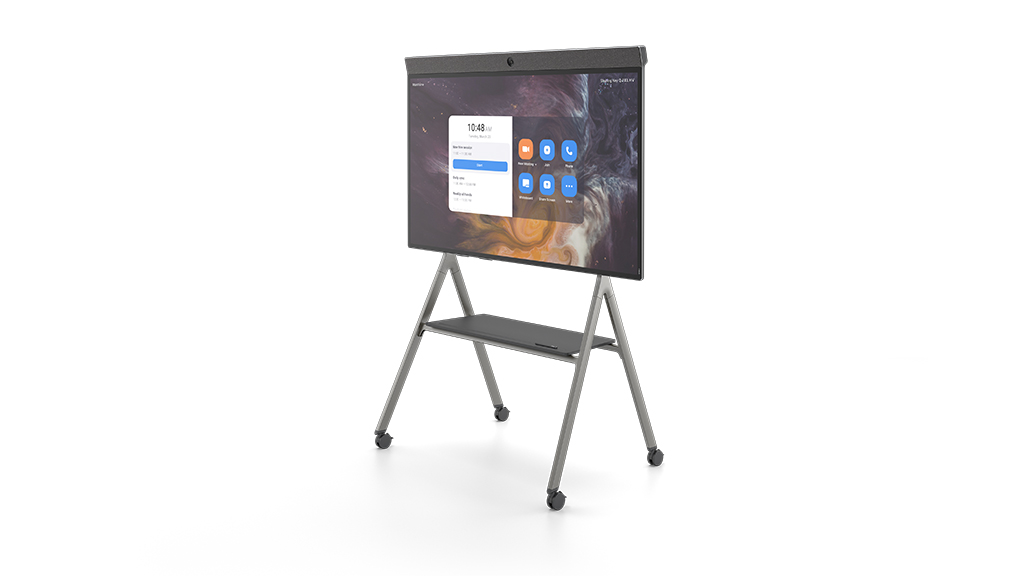
Explore wireless screen-sharing and video conferencing options
Wireless screen sharing and video conferencing options ensure all stakeholders can participate in meetings equally. Teams can collaborate seamlessly and share documents and presentations without having to rely on cables and cords. Team members don’t have to be tethered to a specific spot in the room. It also eliminates the need for IT support staff who would otherwise have to spend time connecting computers and other devices manually.
Conceal equipment to maintain a clean and professional look
Too many things in a small space can make a room look cluttered and unprofessional. In a small conference room, use smart storage solutions that hide equipment or make it blend into the room. Neat devices work well for this purpose by taking up less space, requiring fewer individual components and eliminating the need for wires.
Use virtual backgrounds to create a seamless backdrop for video calls
Virtual backgrounds ensure your colleagues won’t be distracted by what’s going on behind you. They make your video calls look more polished and put together—and they can make your meeting room appear larger.
Lighting and Color
Lighting and color can make a space feel bigger when used correctly. Here’s how to blend the two to create comfort in a small conference room.
Use color to create depth and dimension
Lighter colors tend to make a room feel larger because they reflect more light and create an airy, open feeling. White and pastel shades are great choices for walls in small rooms. Painting the ceiling a light color can help create the illusion of height.
Painting an accent wall is another option. Instead of painting all four walls in one color, choose one wall as an accent wall and paint it in a bolder or deeper hue than the other walls. This will draw attention to that wall and create depth in the room.
Choose the right lighting
Lighting can make a room feel bigger by making the space appear more open and airy. Natural lighting is the best option. Avoid blocking windows with curtains, blinds or furniture. If you need window coverings, use sheer options that allow the light to filter through.
If natural lighting isn’t an option, use ceiling lights with adjustable brightness levels. A bright overhead light can make a small room feel cramped and overwhelming. But by dimming the overhead light and using table lamps or floor lamps around the room, you create depth and dimension that make it feel more spacious. This also helps reduce eye strain and set the right tone for the room.
Another great tip is to use reflective surfaces, such as mirrors or metallic accents in your lighting fixtures. These elements reflect light and give an impression of depth that makes spaces feel larger.
Accessories and Decor
How you decorate your small conference room can affect its functionality and how it appears to others. Less is usually more, so use these tips to accessorize the right way.
Personalize the space with art and decor
There is a fine line between adding personal touches and overdoing it. For a small conference room, keep it simple with a couple of wall art pieces or small objects. You don’t need to fill every square inch of space.
Also, consider the purpose of the room and who will be seeing it. If you regularly hold client meetings or presentations, choose artwork that reflects professionalism and sophistication. Abstract pieces in neutral colors or black-and-white photography can work well. Or, if you use the room for team meetings or brainstorming sessions, consider adding colorful canvases or motivational posters that inspire creativity.
Use plants and natural elements to add energy to the room
Greenery can double as art and decor. Plants have been scientifically proven to reduce stress, increase productivity and improve air quality. They add color and texture to any space, making it more inviting and calming.
Natural woods can add warmth and texture to a room. Stones bring a sense of grounding and stability. Water features such as tabletop fountains create a soothing atmosphere that can help alleviate anxiety and promote relaxation. Place natural elements in areas where you spend most of your time to ensure you benefit from their positive effects.
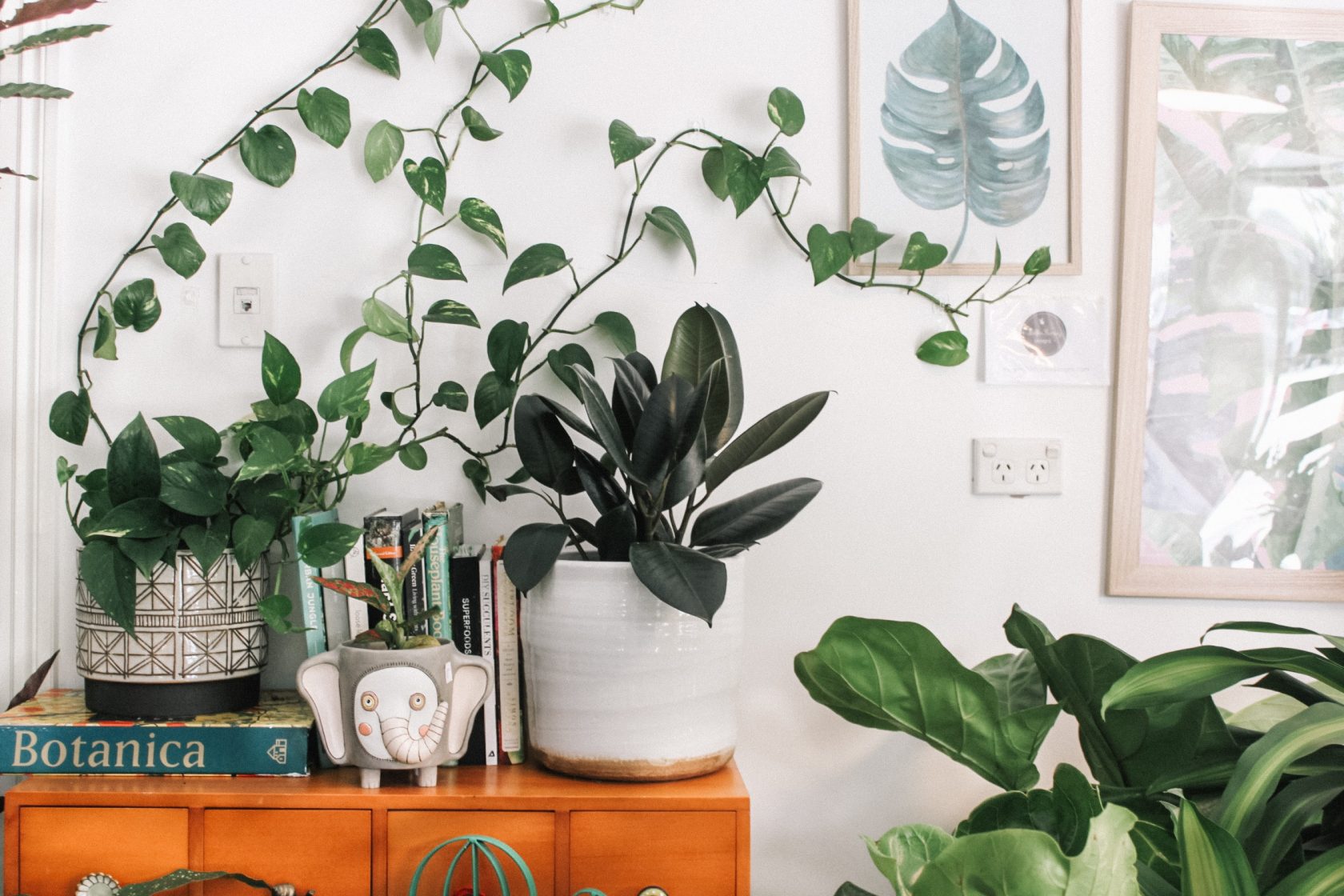
Add acoustic panels to improve sound quality
Sound doesn’t have to travel far in small spaces. Adding acoustic panels can improve sound quality for face-to-face conversations and video conferencing. Get more for your money by choosing attractive acoustic sound panels that double as artwork.
Include a meeting room display to show availability
Small conference rooms aren’t immune to the scheduling headaches of larger conference spaces. Adding a meeting room scheduling display allows users to see room availability and schedule time in the space without encroaching on others.
How Neat Helps You Create the Perfect Small Conference Room
No matter how small, Neat helps you create an optimal small conference room that works for you. Our all-in-one video conferencing devices are ideal for small meeting spaces. With integrated speakers, camera, microphone and screen, you have an entire conference room setup right out of the box. Each component is designed to work with the others. And with no wires to wrestle, you can get up and running in minutes.
Neat devices integrate with popular video conferencing platforms like Zoom and Microsoft Teams. Launch meetings with the touch of a button without having to reconfigure things like cameras and sound. Auto-tracking cameras find you and keep you in the frame at all times, no matter where you are in the room. The wire-free setup keeps your small conference room clutter-free and helps you maximize your space, all without the need for IT support.
Explore the Neat experience and see how you can design a small conference room with confidence.
FAQs
How do I incorporate my company’s branding without overwhelming the space?
One way to incorporate your company’s branding in a small conference room is by using colors that match your brand palette. You can add accent walls or upholstered furniture with your brand colors. Another option is to create custom artwork or graphics that showcase your company’s mission statement and values. You can place these pieces on empty walls or behind the main focal point of the room.
What type of lighting should I use for my small conference room?
Lighting affects the overall ambiance and productivity in the room. You want to ensure your lighting choices provide enough illumination without being too harsh or distracting. One type of lighting that works well for small conference rooms is LED lights. They’re energy-efficient, long-lasting and come in a range of brightness levels and color temperatures.
How can I create a productive and collaborative atmosphere in a small space?
Consider the layout of the space. If you have limited square footage, maximize its potential by using multifunctional furniture and storage solutions. This helps create more open areas for collaboration.
Investing in comfortable seating arrangements and good lighting can help boost productivity and creativity. Ensure there are enough resources available for everyone to work efficiently, such as fast internet connections and access to printer/scanner facilities. Adding desktop remote video conferencing technologies like Neat Frame can also increase the use of the space, allowing teams to connect wherever they are while maintaining some privacy.
What type of furniture is best for a small conference room?
Ideally, choose furniture that can fit comfortably in the room without overcrowding it. Opt for versatile pieces that you can easily move around or reconfigure depending on your needs. Having lightweight furniture will help make this process effortless. Ergonomic seating can also boost productivity during meetings and make participants feel more comfortable.
How do I choose the right technology and audio-visual equipment for my needs?
Start with your requirements. Identify what type of equipment you need, such as a video conference system or whiteboard. Consider factors like room size and audience capacity. Also think about compatibility with other devices and services you already have, such as laptops or Zoom. From there, research different brands and models that fit within your budget. Read reviews from other customers to get an idea of their experiences, paying attention to both positive and negative feedback. Also, compare prices across different retailers to ensure the best value for your money.
Sources:
Conference Table Shape and Size Seating Guide. GP Furniture Makers.
A Hobby for All Seasons: 7 Science-Backed Benefits of Indoor Plants. Healthline.



